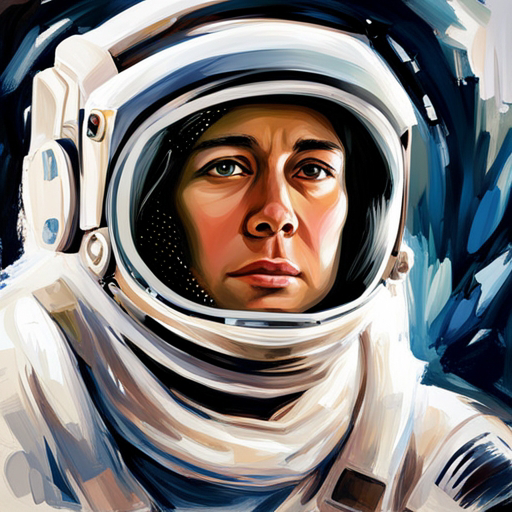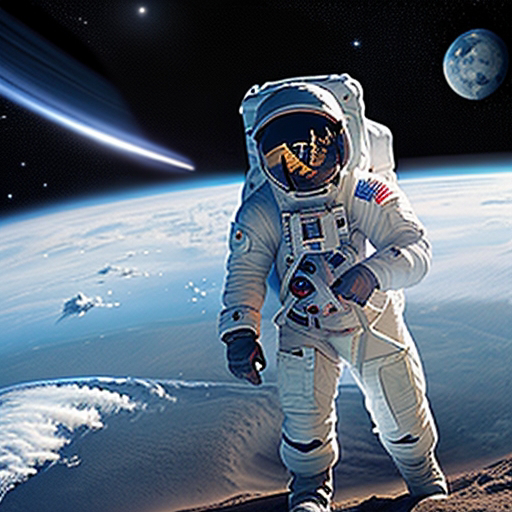Becoming a NASA astronaut is a dream shared by many, but the path to donning that iconic space suit is rigorous and challenging. Astronauts are at the forefront of human space exploration, pushing boundaries and expanding our understanding of the universe. This article will outline the steps required to become a NASA astronaut, from education to selection, training, and beyond.
Step 1: Education and Professional Background:
Astronaut candidates typically hold a bachelor's degree in a relevant field like engineering, physical science, biological science, mathematics, or computer science. Many astronauts also possess advanced degrees (master's or Ph.D.), which can enhance their qualifications. In addition to formal education, gaining experience through work in fields like piloting, engineering, research, or medical practice can greatly enhance your application.
Step 2: Gain Relevant Experience:
Apart from academic qualifications, NASA looks for individuals with a diverse range of experiences. Prior experience as a pilot, military officer, scientist, engineer, or medical doctor can significantly bolster your application. Candidates with a strong background in teamwork, leadership, problem-solving, and adaptability are highly valued.
Step 3: Meet the Basic Requirements:
Candidates must meet several basic requirements, including U.S. citizenship, passing NASA's long-duration spaceflight physical, and meeting specific height and vision requirements. Good health and physical fitness are essential due to the strenuous nature of space missions.
Step 4: Apply during Open Call:
NASA periodically opens applications for astronaut candidates. Keep an eye on NASA's official website and announcements for when the application process begins. The selection process is highly competitive, so make sure your application stands out by highlighting your qualifications, experiences, and dedication to space exploration.
Step 5: Undergo Rigorous Selection:
The selection process involves multiple stages, including written applications, interviews, medical evaluations, and extensive background checks. Candidates will also undergo psychological and cognitive assessments to determine their suitability for the demands of space missions.
Step 6: Astronaut Candidate Training:
If selected, candidates undergo an intense training program at the Johnson Space Center in Houston, Texas. This training lasts for about two years and covers various aspects of spaceflight, including spacewalks, robotics, spacecraft systems, survival training, and more. Astronaut candidates also receive training in Russian language and culture, as the International Space Station (ISS) program involves collaboration with Russian cosmonauts.
Step 7: Specialization and Assignment:
After completing their training, astronauts specialize in specific roles based on their skills and interests. These roles can include piloting spacecraft, conducting scientific research, operating robotic systems, and more. Astronauts also prepare for their specific missions and collaborate with international partners for space expeditions.
Step 8: Space Missions and Beyond:
Once assigned to a mission, astronauts embark on their space journeys. These missions can vary in duration, objectives, and destinations. Astronauts can spend months aboard the ISS, participate in spacewalks, conduct experiments, and contribute to scientific discoveries. The experiences gained during these missions are unparalleled and contribute to humanity's understanding of space.
Jim's Thoughts...
Becoming a NASA astronaut requires dedication, a strong educational background, relevant experience, and the ability to thrive under pressure. The path to becoming an astronaut is challenging, but the rewards of contributing to space exploration and advancing scientific knowledge are immeasurable. For those with a passion for the stars and a commitment to pushing the boundaries of human exploration, the journey to becoming a NASA astronaut is a remarkable adventure.










Comments
Post a Comment